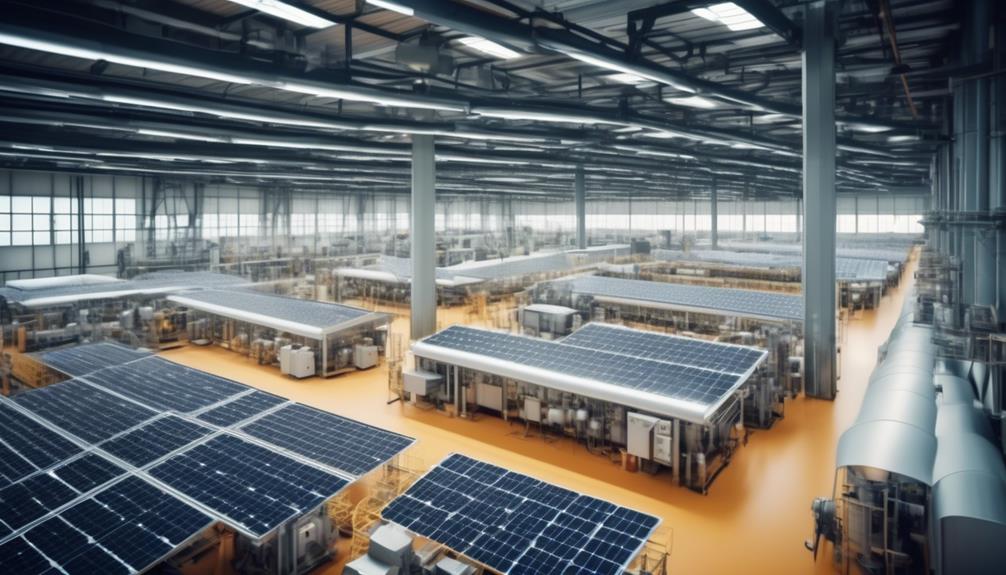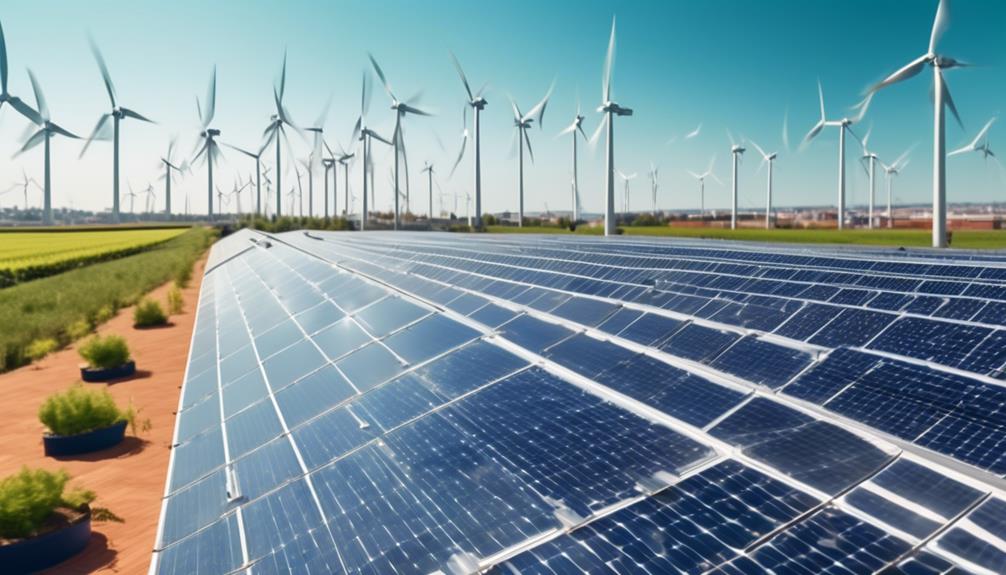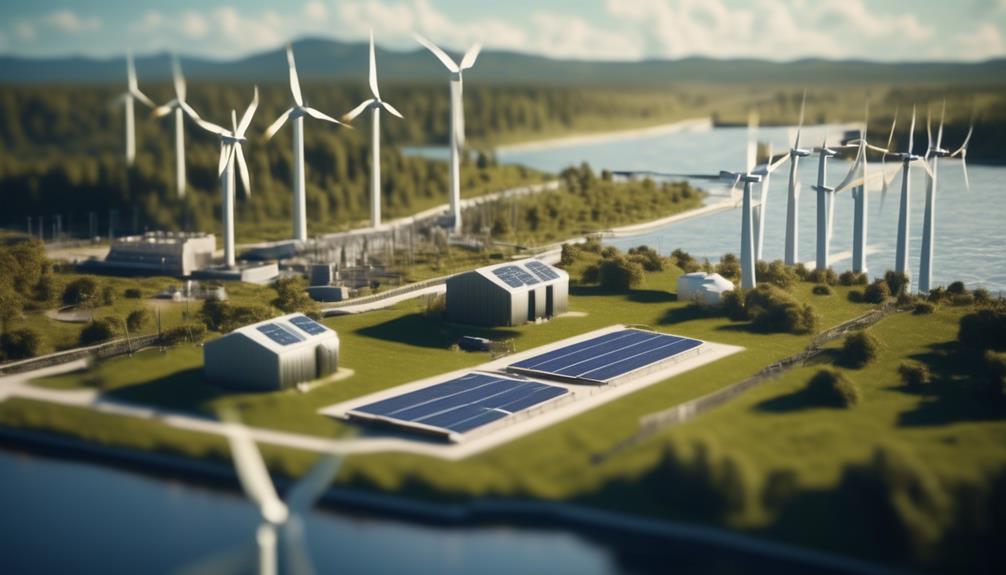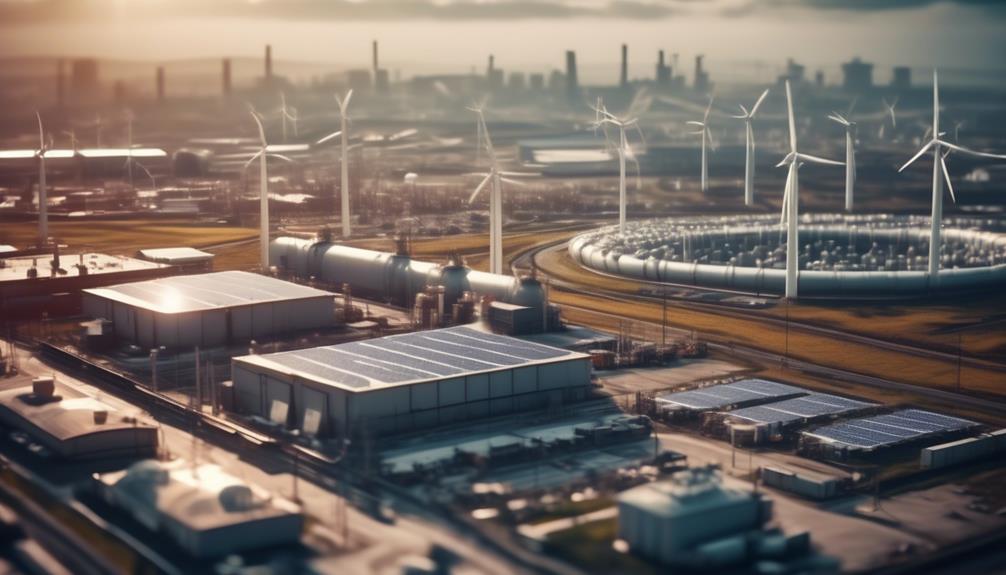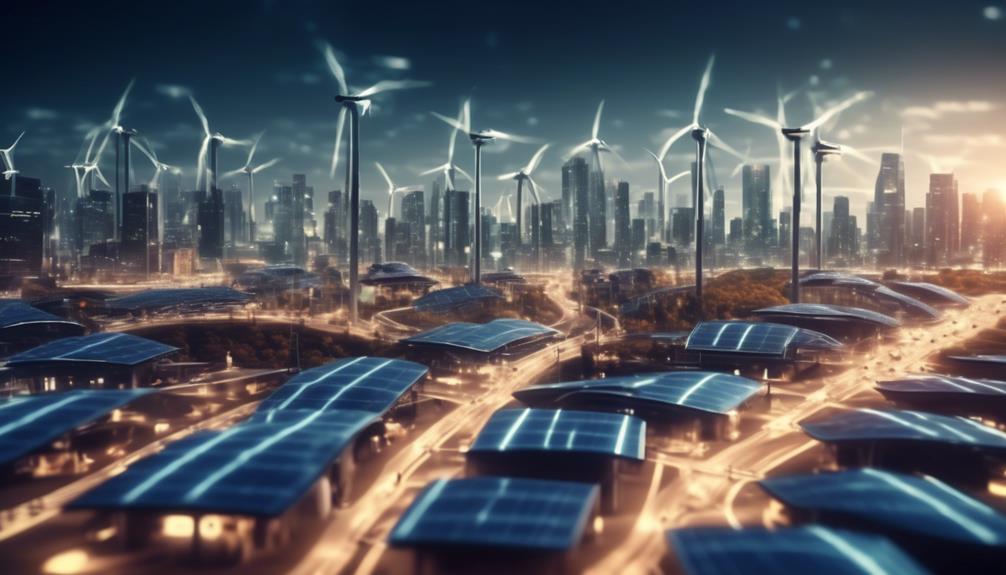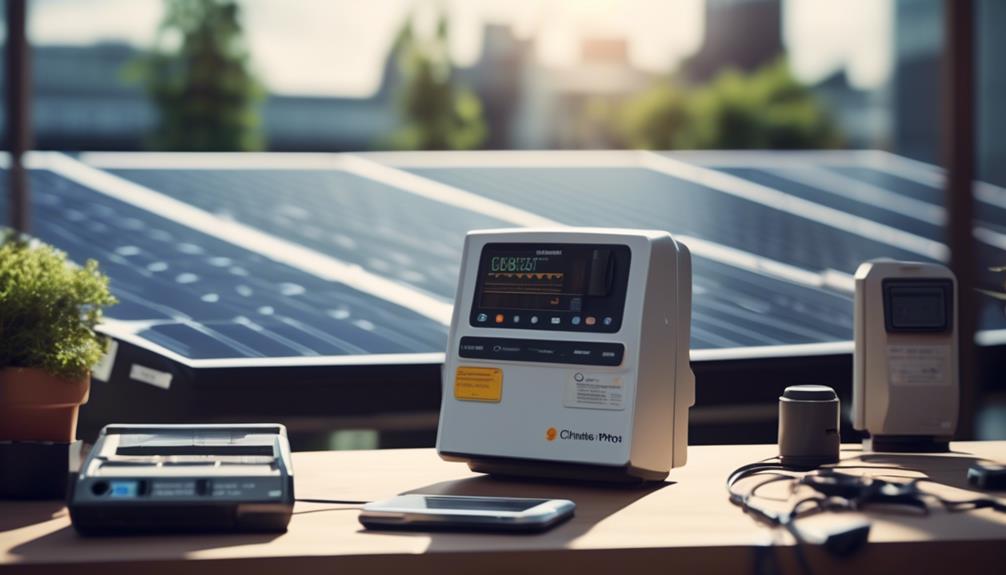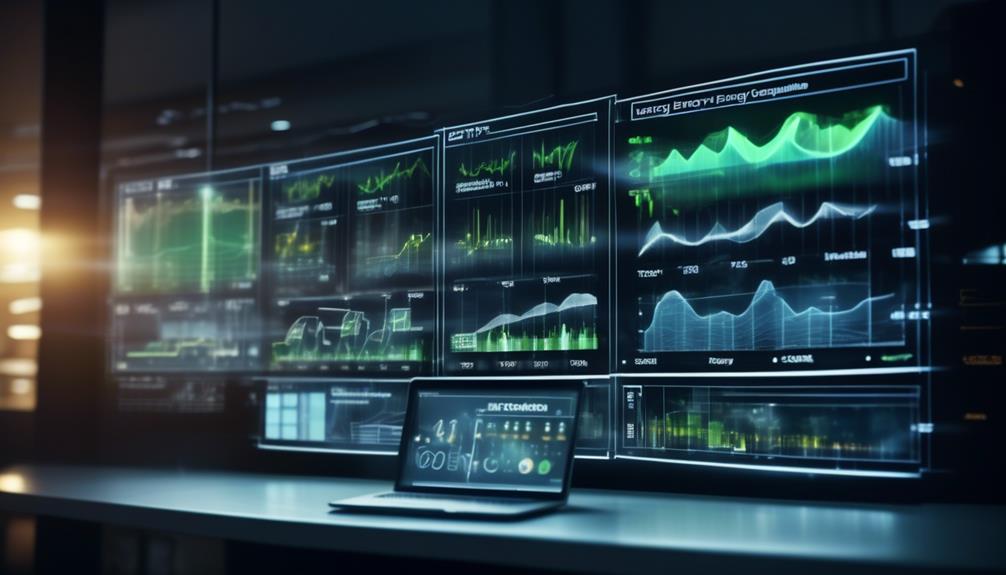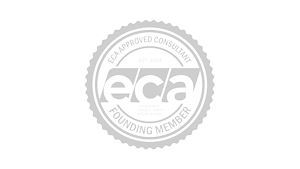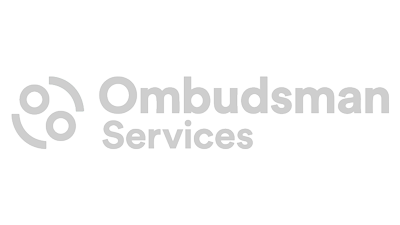In the dynamic world of business, the quest for reducing energy consumption is more than a trend—it’s a necessity. Entrepreneurs and managers tirelessly search for innovative solutions that not only cut down on energy bills but also contribute to a healthier planet. The challenge, however, lies in identifying strategies that go beyond the conventional, digging deeper into the realm of what’s possible.
With years of experience navigating the complexities of sustainable business practices, we understand the intricacies involved in making substantial, impactful changes.
Our audience, ranging from eco-conscious start-ups to established corporations keen on greening their operations, seeks practical, less conventional methods to achieve their energy efficiency goals. Through a blend of cutting-edge insights and real-world applications, we’re here to guide you through the myriad of options available, ensuring that your journey towards energy optimisation is both successful and sustainable.
As we explore these innovative strategies together, rest assured that your quest for a more energy-efficient business model is about to become clearer and more attainable. Keep reading to uncover the transformative approaches that promise not just to meet your needs but to exceed your expectations.
Harnessing Renewable Energy Sources
Harnessing renewable energy sources, such as solar panels and wind turbines, offers businesses a practical and cost-effective approach to reducing their reliance on traditional fossil fuels and contributing to a more sustainable energy future.
Installing solar panels not only allows businesses to generate on-site electricity but also provides an opportunity to lower their reliance on fossil fuels. According to the Solar Energy Industries Association, businesses can save up to 75% on electricity bills over 25 years by going solar. Additionally, taking advantage of government incentives and tax credits for renewable energy installations can further enhance the financial benefits.
Moreover, businesses can explore the integration of wind energy options in suitable areas and consider geothermal systems for efficient heating and cooling. Implementing energy management systems, smart thermostats, LED lights, and smart lighting solutions can also significantly contribute to reducing energy consumption.
Energy monitoring systems can provide valuable insights into energy usage patterns, enabling businesses to make informed decisions and adjust temperature settings based on occupancy and usage. Furthermore, embracing remote work and providing EV charging solutions can further reduce energy consumption and promote sustainable practices within the organisation.
Optimising Lighting Systems
The optimisation of lighting systems within a business environment is a critical component of energy efficiency and cost reduction strategies. To reduce energy consumption and save on power costs, businesses can transition to LED lighting, which offers long-term savings and decreased energy usage.
Additionally, installing occupancy sensors helps minimise unnecessary energy usage by automatically turning off lights in unoccupied areas. Strategic placement of windows and skylights can help maximise the use of natural lighting, reducing the reliance on artificial lighting.
Daylight harvesting systems further enhance energy efficiency by adjusting artificial lighting based on natural light levels. Moreover, utilising task lighting instead of illuminating entire spaces can significantly reduce unnecessary energy consumption.
These approaches not only help businesses save on energy costs but also contribute to a more sustainable and environmentally friendly operation. By implementing these innovative lighting solutions, businesses can achieve significant reductions in energy consumption and contribute to a more sustainable future.
Embracing Smart Office Automation
Businesses can achieve significant energy savings and operational efficiency by embracing smart office automation. This approach involves employing various technologies and strategies to optimise energy usage patterns and enhance overall energy efficiency.
Some key aspects of embracing smart office automation include:
- Installing smart thermostats to optimise temperature settings based on occupancy and time of day.
- Utilising motion sensors to automate lighting control and minimise energy waste.
- Implementing power management systems to monitor and regulate energy consumption effectively.
- Integrating microgrid systems to incorporate renewable energy sources and reduce reliance on traditional power grids.
Powering up With Energy-Efficient Equipment
Embracing smart office automation can significantly reduce energy use. Another impactful approach is powering up with energy-efficient equipment. Businesses can reduce energy consumption and costs by replacing outdated appliances with Energy Star-certified models and opting for laptops over desktops, as laptops consume significantly less energy. Enabling power-saving features on all electronic devices further reduces standby power usage.
According to the Environmental Protection Agency, energy-efficient office equipment can save businesses up to $8 billion annually. Additionally, businesses can optimise energy usage by choosing smart appliances that can be programmed to operate during off-peak hours. By implementing these energy solutions, businesses can significantly reduce their energy bills while contributing to energy conservation efforts.
Switching to LED lighting is also crucial in reducing energy costs, as LED lights are more energy-efficient and have a longer lifespan compared to traditional lighting options.
Implementing Virtualisation and Cloud Computing
Implementing virtualisation and cloud computing technologies offers businesses an opportunity to significantly reduce energy consumption and operational costs while enhancing scalability and efficiency. By migrating on-site servers to cloud platforms and consolidating multiple servers into a single machine through virtualisation, businesses can reduce energy consumption and cut maintenance costs.
Additionally, embracing remote work options and utilising video conferencing can help reduce business travel, further lowering energy usage. According to the Carbon Disclosure Project, US companies could save $13 billion in energy costs by adopting cloud computing technologies by 2020. These approaches not only optimise energy output but also contribute to reducing carbon footprints, making it an essential step for companies aiming to go green.
Moreover, businesses can leverage energy monitoring and smart HVAC systems to ensure energy efficiency and significant energy savings. Embracing renewable energy sources like solar panels or wind, along with implementing EV charging solutions, further supports the transition towards sustainable energy practices.

